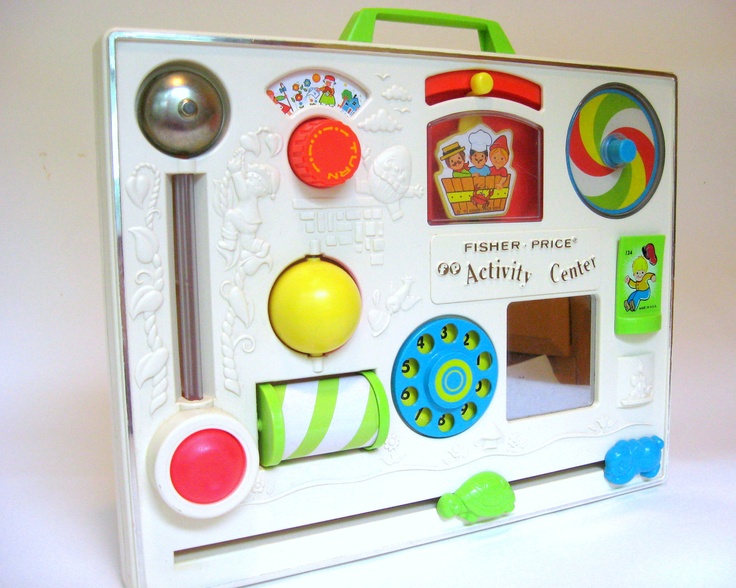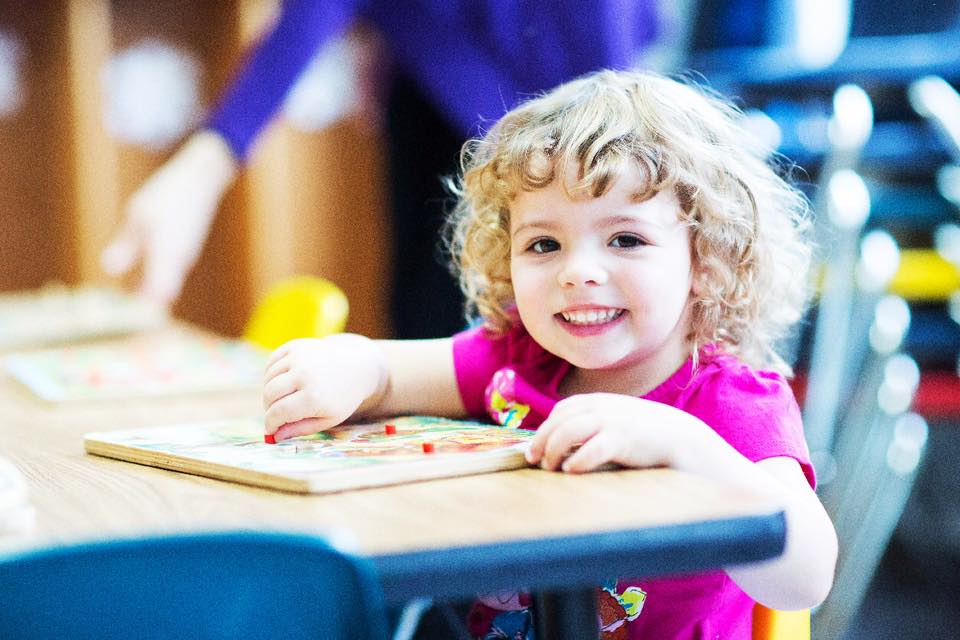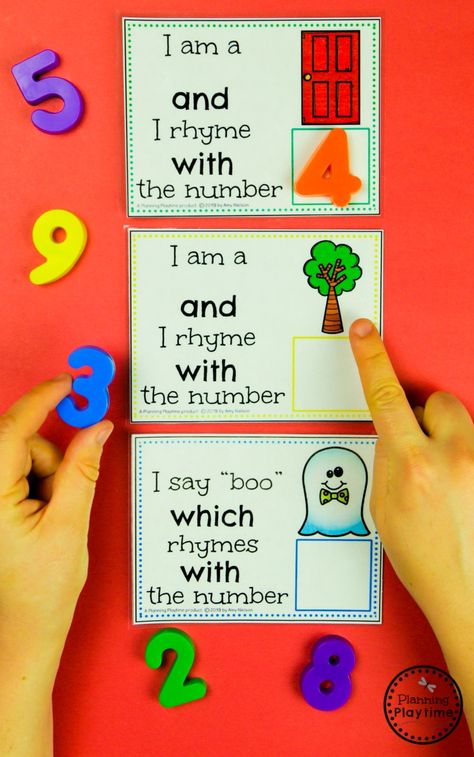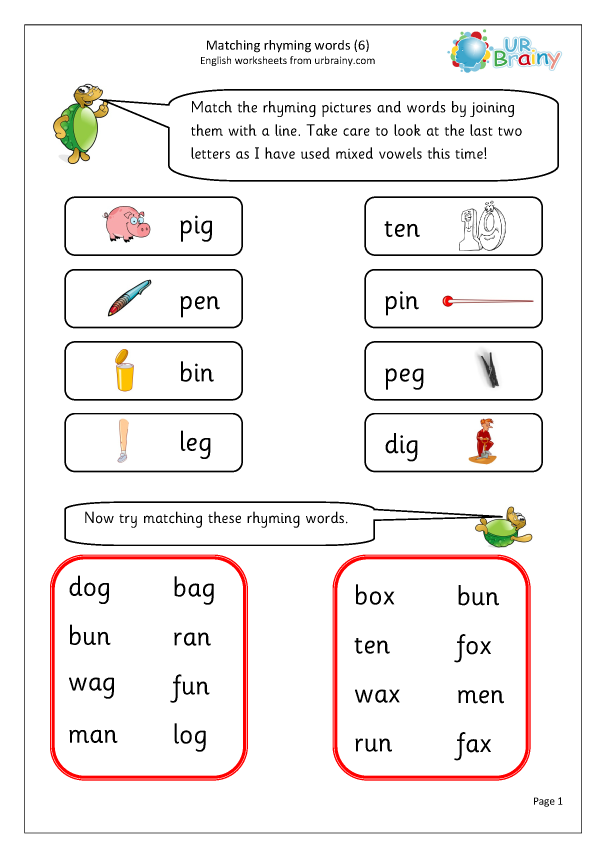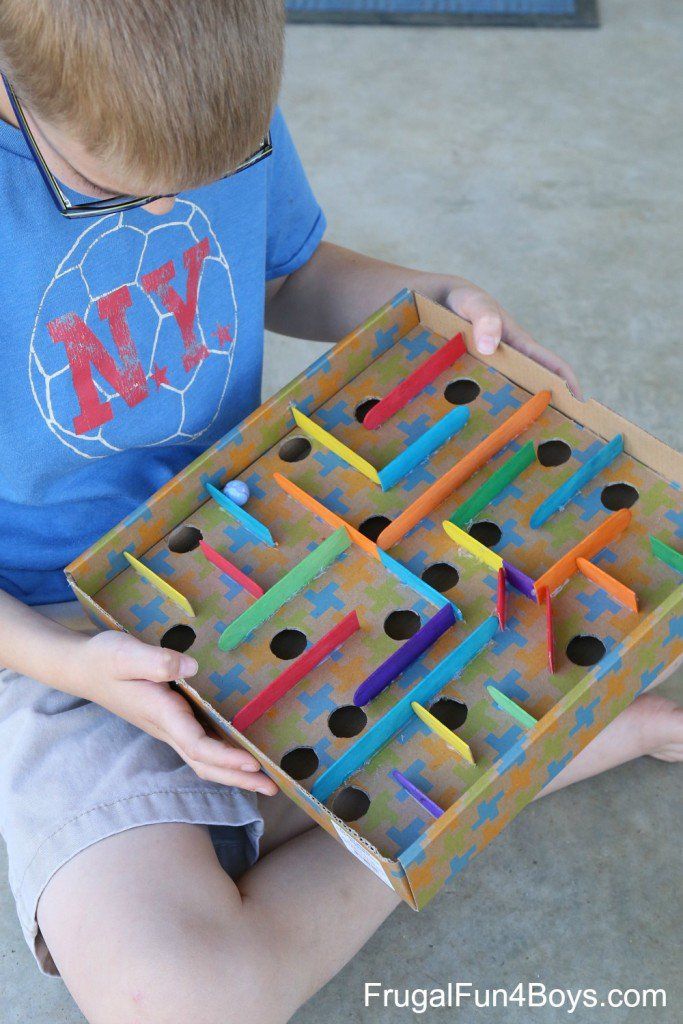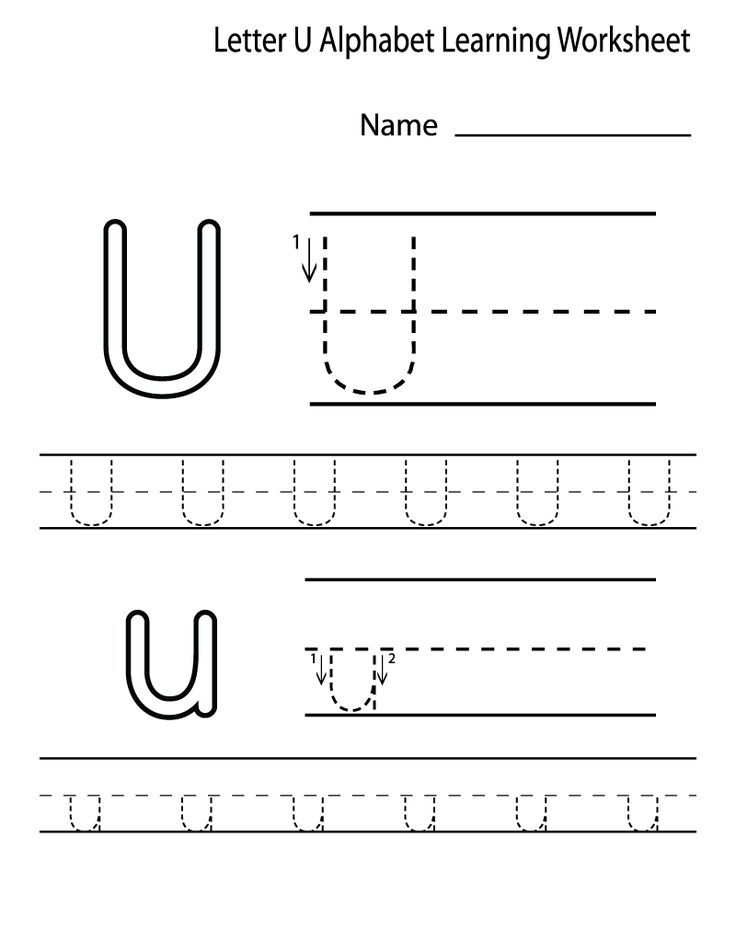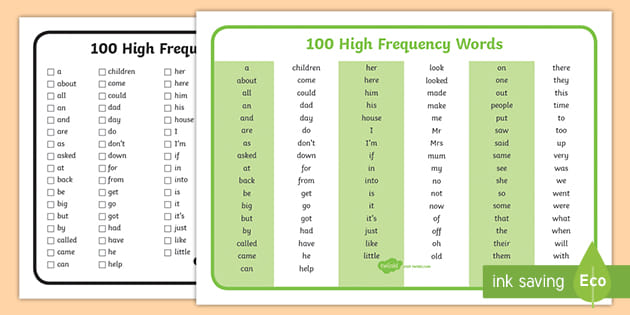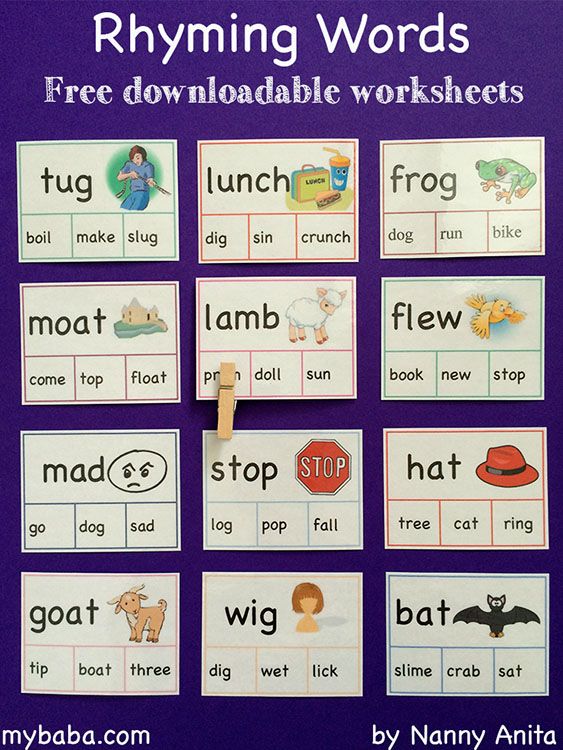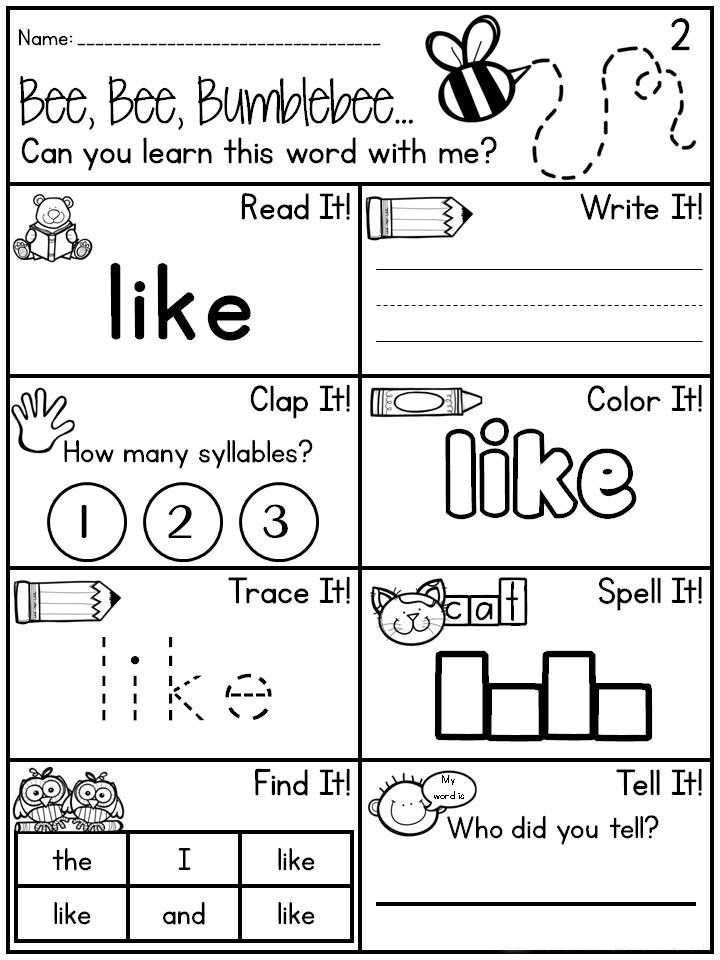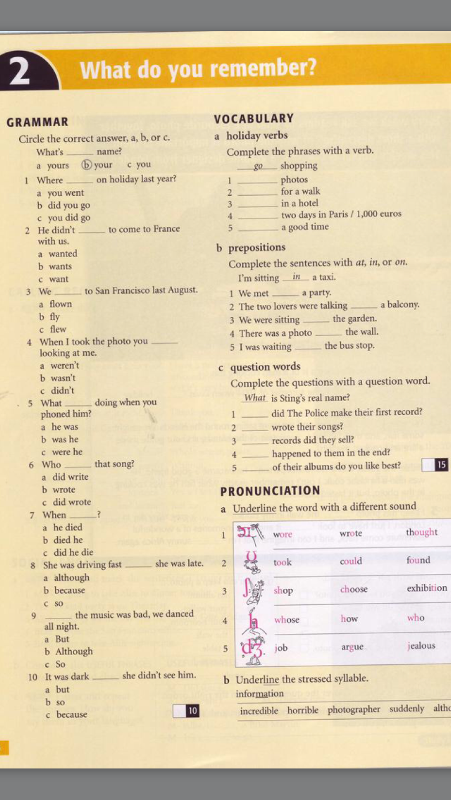All about today activity center
How to Create a DIY All About Today Activity Center For Kids
Kids love to ask questions. Maybe you’ve barely poured your cup of coffee in the morning before getting peppered with questions like this: What day is it? What month is it? What’s it going to be like outside today? It’s adorable most days, and other days, well, it can be a bit much.
I’ve started many mornings answering my curious son’s questions. A few years ago, I scribbled down a rinky-dinky chart to help him answer his questions about the day.
He used it so much it fell apart. Ever since, he has been asking me this question: Mom, when are you going to make me another chart?
There’s no time like the present, so I designed this printable, DIY All About Today poster! Let me show how to put it together. It’s fun and easy, especially if you get your kiddos to help. 🙂
Start by laminating.
A daily activity poster doesn’t do you much good if it doesn’t last through daily wear and tear. For this particular printable, be sure to laminate it. This way it will last for years! (Check out the how-to card below for more details.)
Your kids can move the pieces as much as they need to, and you don’t have to worry about them damaging the poster! It’s a win-win.
Pro Tip: Since the poster is so big, you’ll need your office store to laminate it. I just went online to OfficeMax, uploaded it there, selected laminate, found a coupon and picked it up for a steal of a deal just a few hours later!
If you haven’t invested in your own laminator yet I highly recommend it. It’s a small, one-time investment that will save you money in the long run. My favorite is linked below!
Cut and adhere all the pieces.
Once you have printed and laminated all of the sections (days of the week, dates, seasons, etc.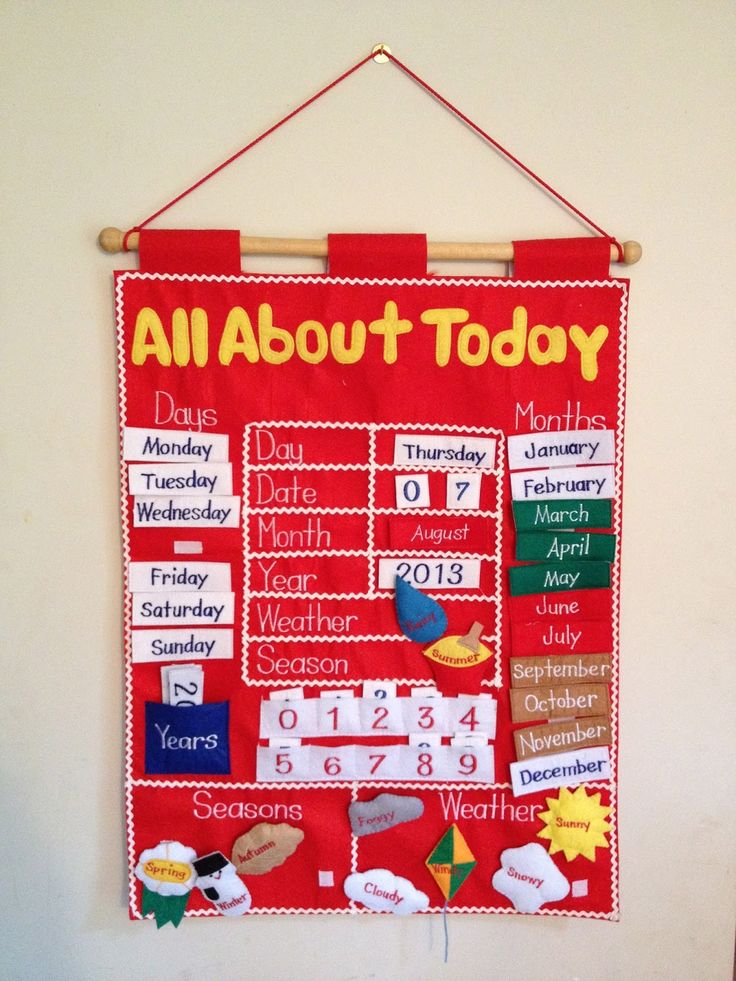 ), start cutting the pieces.
), start cutting the pieces.
When those are ready, it’s time to cut the self-adhesive Velcro. I adhere the hook and loop sides together, then cut. That way all the squares are the same size.
Once those are all cut, simply place one side of the Velcro to the poster and the other to a corresponding section. Just make sure that you put all hook or all loop on the poster facing up. (It’s not time to mix and match.) This ensures that all of the section squares can go where they belong.
Line up and place each card in the correct position on the poster. It will stick as you are pressing the opposite side of the self-adhesive Velcro into place.
Prep Time 30 minutes
Total Time 30 minutes
Materials
- Printable All About Today poster
- Laminator sheets
- Self-adhesive Velcro
Tools
- Laminator
- Paper cutter
- Scissors
Instructions
- Customize, download and print your poster as a 24x36 at your local office store.
 I recommend choosing the option to have it laminated.
I recommend choosing the option to have it laminated. - Print the accompanying 8.5x11 sheets and laminate them.
- Cut out all the 8.5x11 matching cards (dates, months, etc.).
- Cut a small piece of self-adhesive Velcro to go on the back of every card, keeping both the “hook” (the scratchy side of the Velcro) and “loop” (the soft side of the Velcro) sandwiched together. Be sure whichever side (the hook or loop) that you have facing up on the poster is consistent for each card as well as the size of the Velcro square.
- On the center boxes of the poster--where you switch out the month, day, date, and weather--place one side (hook or loop) of self-adhesive Velcro squares. Again, make sure that the same side of the Velcro (hook or loop) faces up on the entire poster. Also, make sure that the size of these squares are consistent with the size of the rest of the Velcro pieces.
- Line up and place each card in the correct position on the poster. It will stick as you are pressing the opposite side of self-adhesive Velcro into place.
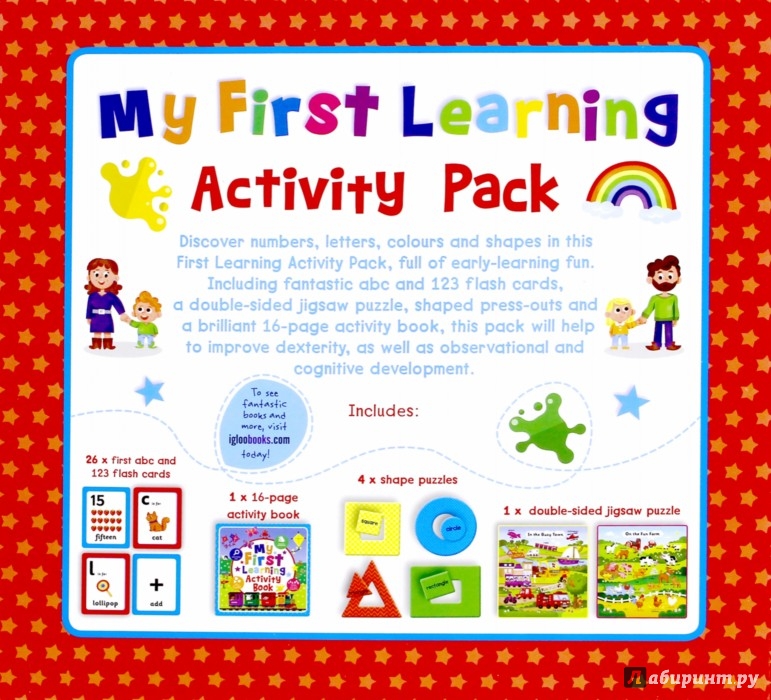
- Hang your poster and enjoy!
It’s so easy to use!
With sections for days of the week, months, dates, weather and seasons, this poster makes it easy to walk through the day with your kids. You can guide them where to put the pieces in each section.
As your children continue to use it, they will better understand how calendars work. Plus, if they are in preschool or kindergarten, this chart reinforces the learning they’re already doing in the classroom during circle time.
Pro Tip: Big brothers and big sisters can assist little ones with the All About Today poster. The older ones will feel proud about being able to teach something, while the younger ones will be excited to be like a big kid.
Help your children learn and grow, daily.
With this poster and a little of your help, your kids can start to answer those daily questions themselves. Then you’ll be the proud parent of an independent child, and you even may have earned yourself a couple extra minutes of question-free quiet in the morning… 😉
Be sure to check out these 4 Tools of the Trade to stay organized and encourage learning this school year!
If you like printables that help your kids learn, we’ve got a whole lot more. Join our Celebration Circle to get access to 4,000+ printables for FREE!
Join our Celebration Circle to get access to 4,000+ printables for FREE!
Hadley Designs may earn a small commission via affiliate links in this post. Read our full disclosure policy here.
Activity Center | City of San Marcos, TX
On August 8, the San Marcos Activity Center began a lighting replacement project as we move away from fluorescent lights to LED lights at the facility. We are very excited about this project, as LED lights have a longer life span, are more energy efficient, do not contain any harmful gases or materials and require little maintenance as compared to fluorescent lights. The project is expected to take a few months.
We appreciate your patience as we transition to "brighter" days at the Activity Center! For more information about the benefits of LED lighting, visit the Energy Star or WattLogic website.
Overview
The San Marcos Activity Center is the "Center of It All!" We have everything from state-of-the-art basketball courts to aerobic rooms, an indoor swimming pool, racquetball courts, and meeting rooms.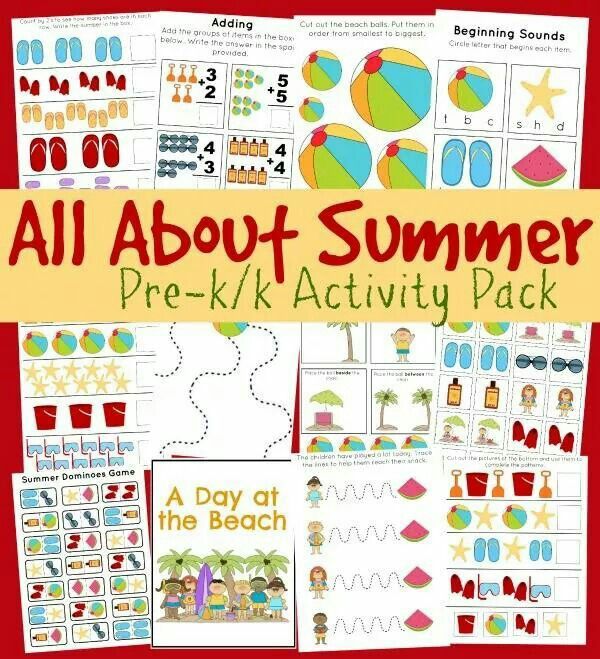 We also have a 2,000 square foot weight training room with 28 resistance machines and equipment, an 1,800 square foot aerobics studio, a cycling room and small activity classroom.
We also have a 2,000 square foot weight training room with 28 resistance machines and equipment, an 1,800 square foot aerobics studio, a cycling room and small activity classroom.
Hours
Monday-Thursday 6am-9pm (pool closes at 8:30pm)
Friday 6am-7pm
Saturday 10am-5pm
Reservations
To rent the San Marcos Activity Center, please fill out the Facility Reservation Request Form.
Contact Us
- Do you have comments or suggestions for us? Please fill out our Comments and Suggestions Form.
- Any other questions? Email us or call 512-393-8280.
The Walkers' Gallery
The Walkers’ Gallery is also located inside the San Marcos Activity Center. The gallery is a public art space maintained by Linda Kelsey-Jones of the San Marcos Area Arts Council. Shows change every other month and feature the art of local, regional, and national artists.
- General Information
- Daily Use Fees
- Membership Fees
Holidays/Special Closures
The following holidays are observed and the Activity Center is closed:
- New Year's Day
- Martin Luther King, Jr.
 Day
Day - President’s Day
- Memorial Day
- Independence Day
- Labor Day
- Veterans Day
- Thanksgiving
- Christmas
Days of closure will vary, depending on the holiday.
Policies & Procedures
Learn more about the policies and procedures for the San Marcos Activity Center.
Online Accounts in ACTIVE NetYou can register for classes and purchase Activity Center memberships all online!
The Parks and Recreation Department utilizes ACTIVE net software for registrations and reservations. You can also check your residency status and report a missing address. Visit our website for more information about how to set up your account.
We also send out periodic updates in regards to Parks and Recreation operations, facility closures, and spotlight programs though ACTIVE net. We need accurate contact information to be able to communicate with you so please make sure that your email address and phone number are correct.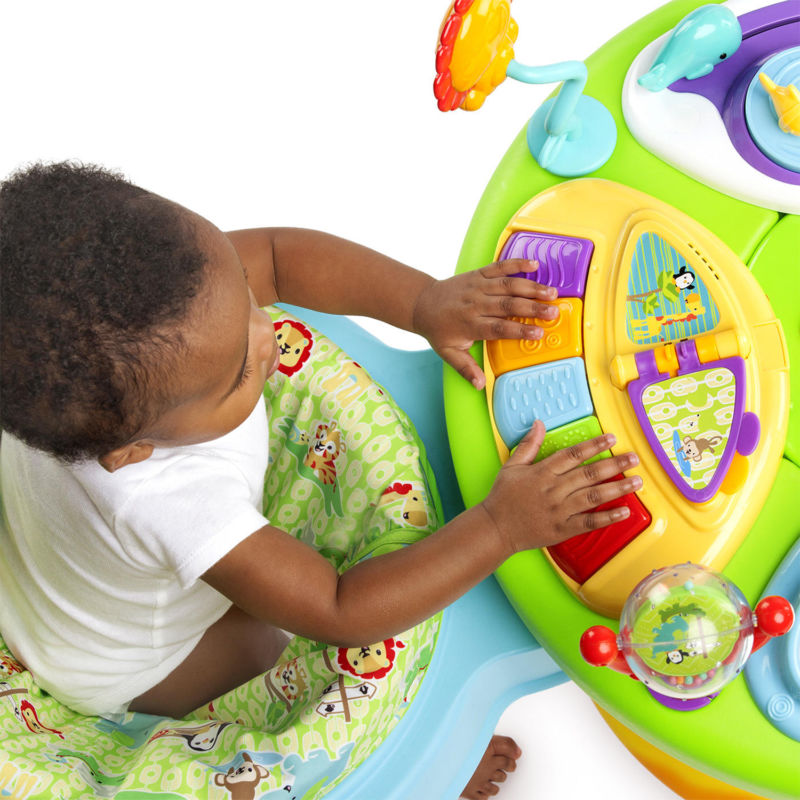
If you have any questions regarding your membership, please call us at 512-393-8280 or email us.
- Total Wellness Program
- Belly dancing Classes
- Karate Classes
The City of San Marcos contracts with the Total Wellness Program at Texas State University to provide fitness classes at the San Marcos Activity Center.
More information on these classes can be found by visiting the Total Wellness Website.
Policies & Procedures
Learn more about the policies and procedures for the San Marcos Activity Center.
Online Accounts in ACTIVE NetYou can register for classes and purchase Activity Center memberships all online!
The Parks and Recreation Department utilizes ACTIVE net software for registrations and reservations. You can also check your residency status and report a missing address. Visit our website for more information about how to set up your account.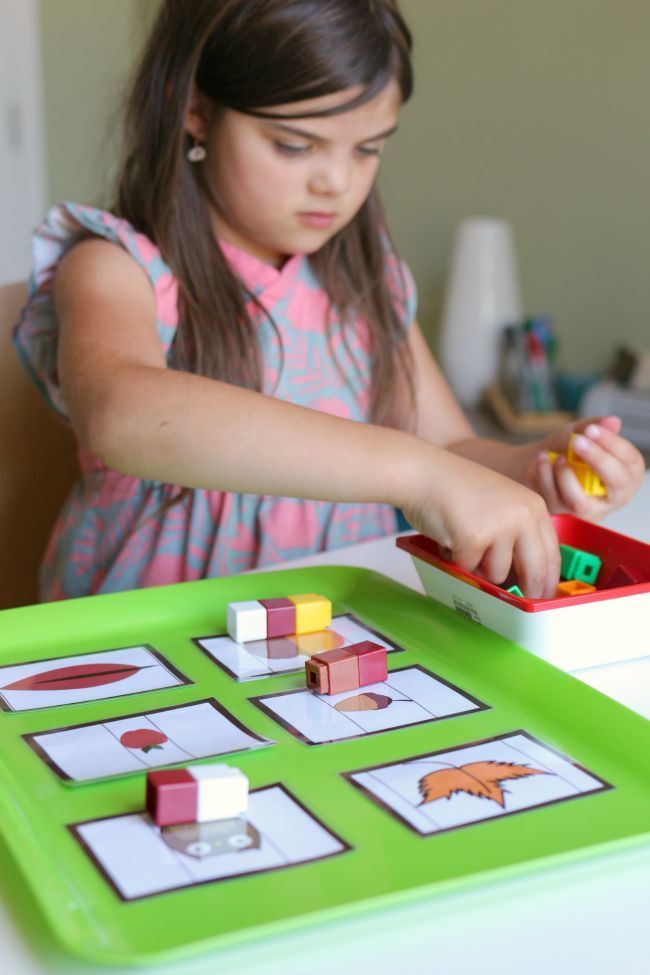
We also send out periodic updates in regards to Parks and Recreation operations, facility closures, and spotlight programs though ACTIVE net. We need accurate contact information to be able to communicate with you so please make sure that your email address and phone number are correct.
If you have any questions regarding your membership, please call us at 512-393-8280 or email us.
- How do I create an account and register for a program?
- How do I purchase an Activity Center membership?
- How do I make a facility reservation?
View All
/FAQ.aspx
- 1
- 2
- 3
- 4
- 5
- 6
- 7
- 8
- 9
- 10
- 11
- 12
- 13
- 14
- 15
- 16
- 17
- 18
- 19
- 20
- 21
- 22
- 23
- 24
Most of the world's adolescents lead sedentary lifestyles, putting their current and future health at risk
Most of the world's adolescents are sedentary, putting their current and future health at risk, according to a new WHO study.
- Popular Topics
- Air pollution
- Coronavirus disease (COVID-19)
- Hepatitis
- Data and statistics »
- News bulletin
- The facts are clear
- Publications
- Find the country »
- A
- B
- B
- g
- D
- E 9000 H
- O
- R
- R
- C
- T
- in
- f
- x
- c 9000 WHO in countries »
- Reporting
- Regions »
- Africa
- America
- Southeast Asia
- Europe
- Eastern Mediterranean
- Western Pacific
- Media Center
- Press releases
- Statements
- Media messages
- Comments
- Reporting
- Online Q&A
- Developments
- Photo reports
- Questions and answers
- Update
- Emergencies "
- News "
- Disease Outbreak News
- WHO data »
- Dashboards »
- COVID-19 Monitoring Dashboard
- Basic moments "
- About WHO »
- CEO
- About WHO
- WHO activities
- Where does WHO work?
- Governing Bodies »
- World Health Assembly
- Executive committee
- Main page/
- Press releases/
- item/
- New WHO study reveals that the majority of the world's adolescents are sedentary, putting their current and future health at risk
Urgent action is needed to increase the physical activity levels of boys and girls aged 11 to 17, according to the first-ever study of physical activity among adolescents by scientists from the World Health Organization (WHO).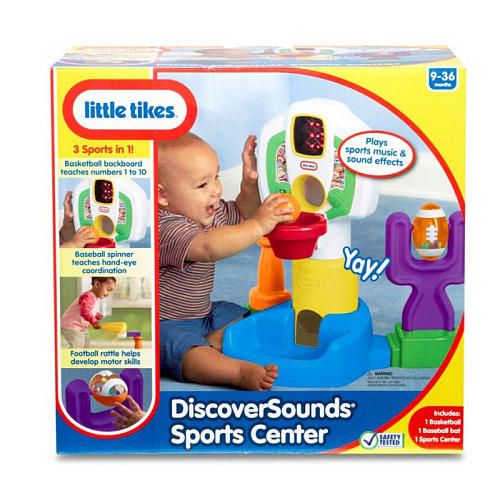 A study published in The Lancet Child & Adolescent Health found that more than 80% of the world's school-going adolescents—85% of girls and 78% of boys—are below the recommended level of physical activity (at least one hour a day).
A study published in The Lancet Child & Adolescent Health found that more than 80% of the world's school-going adolescents—85% of girls and 78% of boys—are below the recommended level of physical activity (at least one hour a day).
According to a publication based on an analysis of the results of a survey of 1.6 million students aged 11-17 years, in the period 2001-2016. girls lagged behind boys in physical activity in all but four of the 146 countries surveyed (Tonga, Samoa, Afghanistan and Zambia).
In 2016, the difference between the proportion of boys and the proportion of girls meeting recommended levels of physical activity was more than 10 percentage points in almost one in three countries (in 43 out of 146, i.e. 29% of countries), with the largest gaps in the United States of America and Ireland (over 15 percentage points). In most of the countries covered by the study (in 107 out of 146, i.e. 73% of countries), in the period 2001-2016. this gender gap has widened.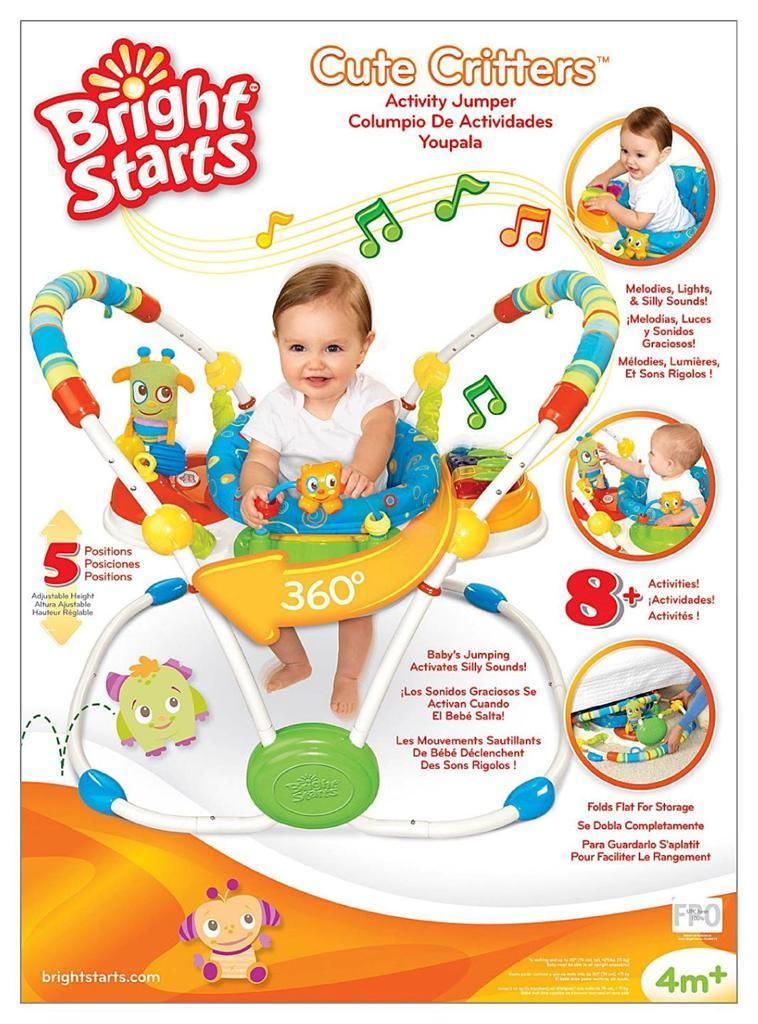
Lack of movement negatively affects the health of adolescents
According to the authors of the study, the proportion of adolescents leading a sedentary lifestyle remains extremely high, which negatively affects their current and future health. “Urgent action is needed to increase physical activity levels, especially among girls,” said study co-author Dr Regina Gathold (WHO).
Maintaining a physically active lifestyle during adolescence has a beneficial effect on the state of the cardiovascular and musculoskeletal systems, heart metabolism and body weight. There is growing evidence that physical activity also plays a positive role in the cognitive development and socialization of adolescents. Many of these favorable outcomes are known to persist into adulthood. To achieve these results, the WHO-recommended daily rate of physical activity for adolescents is at least one hour of moderate or vigorous physical activity per day.
The authors analyzed data collected from surveys of physical activity among schoolchildren to estimate what proportion of children aged 11-17 do not follow these guidelines.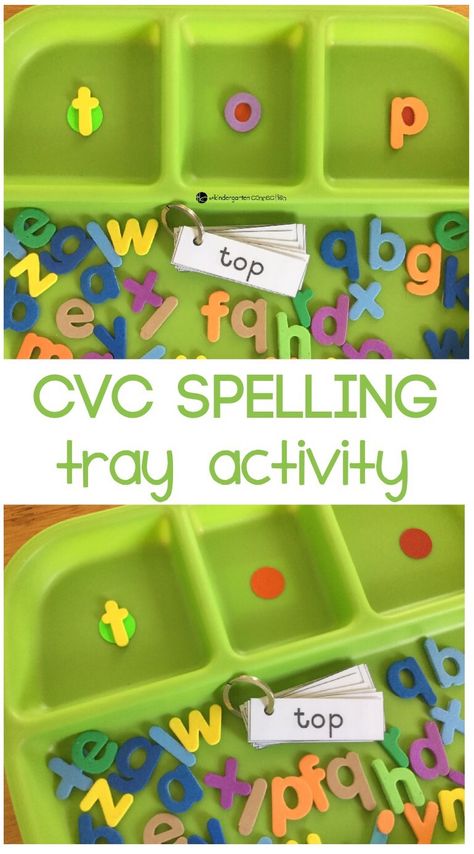 The assessment considered all types of physical activity, such as active games, leisure and sports, active housework, walking and cycling or other forms of active movement, physical education and regular exercise.
The assessment considered all types of physical activity, such as active games, leisure and sports, active housework, walking and cycling or other forms of active movement, physical education and regular exercise.
To increase the level of physical activity of adolescents, the authors of the study recommend the following actions:
- there is an urgent need to scale up proven strategies and programs to increase the physical activity of adolescents;
- Multisectoral action is needed to provide youth with opportunities for active lifestyles, including in the sectors of schooling, urban planning, road safety and others.
Active lifestyles need to be promoted at the highest levels, including by national, city and local leaders, as a means of achieving health and well-being for all, including adolescents.
“The study highlights that children and adolescents have the right to play and should be able to exercise their right to physical and mental health and well-being,” says study co-author Dr Fiona Bull, WHO. “Today, four out of five teenagers are deprived of the joys of regular physical activity and the benefits it brings in terms of socialization and physical and mental health and well-being. This situation can be corrected if there is political will and decisive action. Policy makers and all relevant actors need to be called upon to take immediate action for the health of present and future generations.”
“Today, four out of five teenagers are deprived of the joys of regular physical activity and the benefits it brings in terms of socialization and physical and mental health and well-being. This situation can be corrected if there is political will and decisive action. Policy makers and all relevant actors need to be called upon to take immediate action for the health of present and future generations.”
Physical activity trends show some improvement for boys, but not for girls To do this, we extrapolated to all 146 countries covered by the study trends observed in 73 countries that regularly conducted surveys of adolescent physical activity during this period.
According to the results of the analysis, it was found that on a global scale in the period 2001-2016. the prevalence of a sedentary lifestyle decreased slightly among boys (from 80% to 78%), but did not change in girls (remained at the level of about 85%).
The most notable reductions in physical activity deficits in boys were observed in Bangladesh (from 73% to 63%), Singapore (from 78% to 70%), Thailand (from 78% to 70%), Benin (from 79% to 71% ), Ireland (from 71% to 64%) and the USA (from 71% to 64%). For girls, however, the changes were not significant, ranging from -2% in Singapore (from 85% to 83%) to +1% in Afghanistan (from 87% to 88%).
For girls, however, the changes were not significant, ranging from -2% in Singapore (from 85% to 83%) to +1% in Afghanistan (from 87% to 88%).
The study authors note that if these trends continue, they will miss the global target of a 15% relative reduction in physical inactivity needed to achieve a global average of no more than 70% physical inactivity by 2030. As a reminder, this target was endorsed by all countries at the World Health Assembly in 2018.
In 2016, the Philippines led the world in the prevalence of physical inactivity among boys (93%), while South Korea led the way in girls (97%) and adolescents of both sexes combined (94%). Bangladesh, by contrast, was the country with the lowest prevalence of physical inactivity among boys, girls and adolescents of both sexes combined (63%, 69% and 66%, respectively).
The countries with the lowest movement deficits among boys were Bangladesh, India and the USA. The authors note that the lower prevalence of sedentary behavior in Bangladesh and India (where 63% and 72% of boys were deficient in 2016, respectively) can be explained by the high popularity of national sports such as cricket in these countries. At the same time, in the US, the low rate of physical activity deficit (64%) may be due to good teaching of physical education in schools, intensive media coverage of sports events and the presence of a large number of sports clubs (in disciplines such as hockey, football, basketball or baseball) .
At the same time, in the US, the low rate of physical activity deficit (64%) may be due to good teaching of physical education in schools, intensive media coverage of sports events and the presence of a large number of sports clubs (in disciplines such as hockey, football, basketball or baseball) .
The lowest rates of physical inactivity among girls were observed in Bangladesh and India, which can probably be explained by social characteristics, such as the increased amount of household work done by girls.
Adolescent physical inactivity is a major concern
“There is concern about the observed trend of less physical activity among girls than boys,” says study co-author Leanne Riley, WHO. “In order to increase the level and regularity of physical activity among girls during adolescence and later into adulthood, it is necessary to create appropriate opportunities for them, taking into account their interests and needs.”
According to the authors of the study, in order to increase youth physical activity, governments will need to identify and address the multiple causes of movement deficits and related inequalities—social, economic, cultural, technological and environmental—that can contribute to chronic imbalances in the physical activity of boys and girls.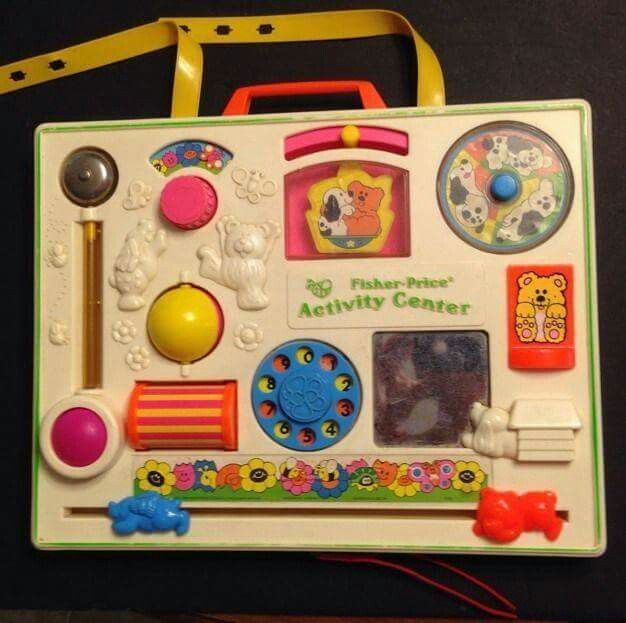
“Countries should develop or update their policies in this area and allocate the necessary resources to increase physical activity,” adds Dr. Bull. — Policies should be pursued to increase levels of all types of physical activity, including through physical education that promotes physical health literacy, opportunities for sports, play and active leisure, and a safe environment in which adolescents can Don't be afraid to walk and ride a bike. Comprehensive interventions will require collaboration across a range of sectors and actors, including schools, families, sports and leisure providers, city planners, and city and local leaders.”
Notes to editors
This study was funded by the World Health Organization and was conducted by scientists from WHO, Imperial College London and the University of Western Australia.
The authors note that the study had some limitations, including the fact that the authors only used information from school attending adolescents and did not have data on the physical activity of out-of-school adolescents.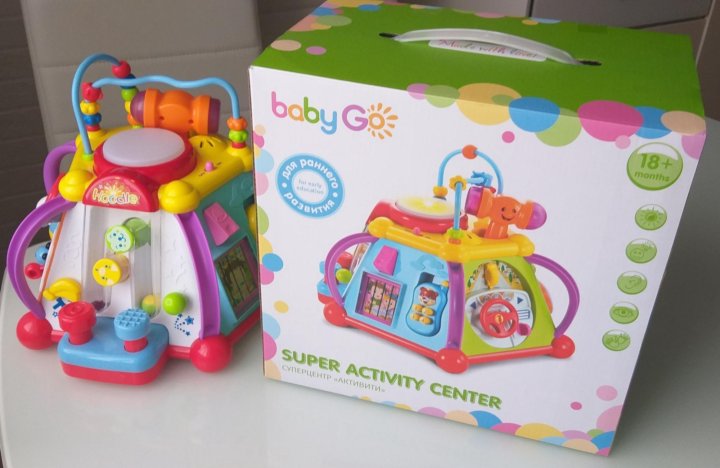 Adolescents attending school may differ in characteristics from their peers, as they more often come from more affluent families who are more interested in doing well in other academic disciplines than in physical education and sports. In addition, although the survey as a whole covered 81% of school-going adolescents, coverage at the country level was uneven, ranging from 36% in low-income countries to 86% in high-income countries.
Adolescents attending school may differ in characteristics from their peers, as they more often come from more affluent families who are more interested in doing well in other academic disciplines than in physical education and sports. In addition, although the survey as a whole covered 81% of school-going adolescents, coverage at the country level was uneven, ranging from 36% in low-income countries to 86% in high-income countries.
The study used only information obtained from surveys of adolescents themselves, so these data may contain distortions. Data from wearable devices were not used due to the inability to compare them with the results of survey studies.
Features of the Montessori Preschool Development Program
Let's see how the Montessori lesson plan differs from classes in a conventional kindergarten.
Many parents, having already read enough about the principles of Montessori, still cannot understand how the kindergarten classes work.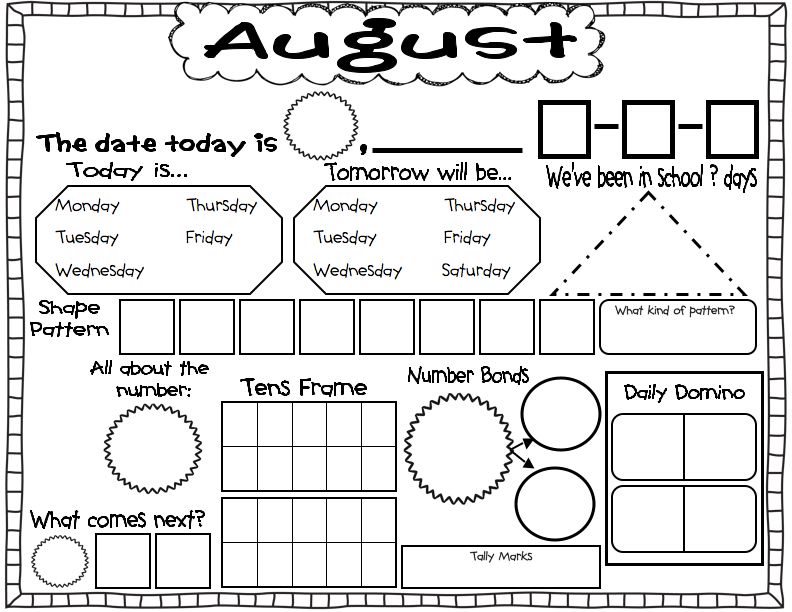 Today we will figure out how the baby's life will be arranged if you decide to choose a Montessori kindergarten for him. Remember, the daily routine in each center of our network may vary slightly, but the general principles are always the same.
Today we will figure out how the baby's life will be arranged if you decide to choose a Montessori kindergarten for him. Remember, the daily routine in each center of our network may vary slightly, but the general principles are always the same.
How does M. Montessori's program change depending on age?
Montessori groups are deliberately designed to be of different ages, as this allows children to learn from each other, however, preschool groups are divided into two main categories: from zero to three and from three to six.
The fact is that at the age of up to three years the baby is still in the stage of the "mental embryo": he does not realize himself, therefore, despite the emerging character, the personality is still in the stage of formation. By the age of three, the child discovers himself and his inner world, the personality is finally formed and the transition to a completely new stage of functioning is carried out. This transition was well illustrated by Maria Montessori herself, who called the age from 0 to 3 the stage of the “Unconscious Creator”, and children from 3 to 6 years old “Conscious Workers”.
The material for Montessori lessons in groups also differs: if in the Montessori program 0-3 everything is aimed at sensory development and gaining independence, then in group 3-6 children are already beginning to receive their very first scientific knowledge about the world, although this transition is far not at once.
As for the extended program of children's Montessori centers "Constellation" - in some programs, children are also divided into groups that are more homogeneous in age, due to the inclusion of creative activities and meetings with psychologists and teachers in classical Montessori activities.
Organization of the environment under the program of Maria Montessori
The room under the Montessori development program, regardless of age, is a large hall, decorated in restrained colors, divided into zones of different directions.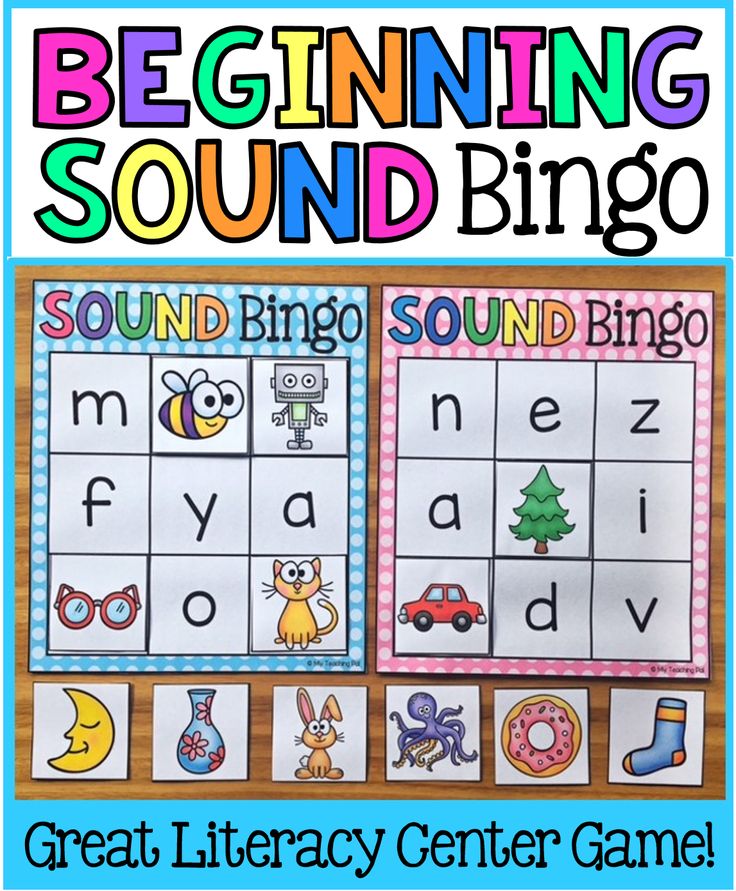 Different clubs set up their zones in different ways, but as a rule, they adhere to the standard set for two age groups.
Different clubs set up their zones in different ways, but as a rule, they adhere to the standard set for two age groups.
0-3 year olds:
- Gross motor area
- Cause-and-effect practice area
- Sensory Development Zone
- Bulk material exercise area
- Water exercise area
- Productive and creative activity zone
- Speech Development Zone
For children from 3 to 6 years old:
- Practical Life Exercise Zone
- Sensory Development Zone
- Math Zone
- Russian Language Zone
- Space zone (study of the surrounding world)
- Productive iso-activity zone
How the Montessori curriculum is organized for each zone
Materials from any zone are first presented by teachers and then offered to children for use during independent work time in the Montessori space. This means that most of the time children choose their own activities, and teachers come to the rescue only when difficulties arise.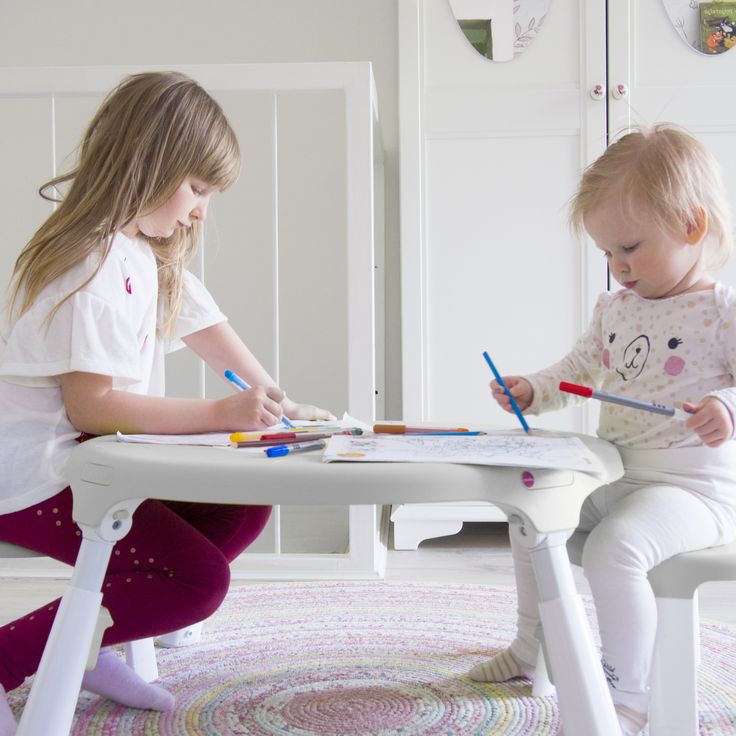
Club equipment is usually highly dependent on the size of the room, the preferences of teachers and parents, and the requirements of local regulatory authorities, but we have tried to come up with average lists of materials.
Gross motor area
In the gross motor area, the child is offered a variety of exercises to develop coordination and dexterity, sense of body boundaries and development of the muscular corset. In "Constellation" we also allocate time separately in the daily routine for game gymnastics and outdoor games. Here is a sample list of equipment that is used for the development of gross motor skills in Montessori centers:
- Low pile flooring
- Dry pool with soft fill and soft sides, soft modules in different shapes,
- Sensor paths for contour walking
- Climbing complex with a slide, ladder, movable steps, arches
- Sports complex: rings, horizontal bar, rope, rope ladder, Swedish wall,
- Twister-like hand and foot silhouettes,
- Balls of various sizes,
- Basketball hoop
Activity Zone for Establishing Causal Relationships
In this zone, the Montessori program pays special attention to the development of children's thinking and the development of whole sequences of actions united by a common goal and expected result. Here we include the first exercises from the practical skills development zone.
Here we include the first exercises from the practical skills development zone.
- Spindle toy
- Balloons
- Sensory books
- Roll-up blind with rope and ring
- Permanence box
- Wooden Montessori Coin Box
- Disks and cubes on vertical pin
- Wrist development module (wire movement)
- Soft educational toys
- Slot module triangle, circle, square
- Door module with different locks
- Clothespins and hooks
- Drawstring module with buttons, press studs and zippers
- Jars with lids, boxes with various opening mechanisms
Montessori Sensory Development Zone
In this zone, the child learns the characteristics of objects: size, color, shape, texture, smell, pitch, and so on.
- Tactile sensor module
- Sensor module with geometric bodies
- Cylinder blocks
- Pink Tower
- Brown ladder
- Insert boxes
- Matryoshka
- Insert set round, square, triangle
- Color matching module.
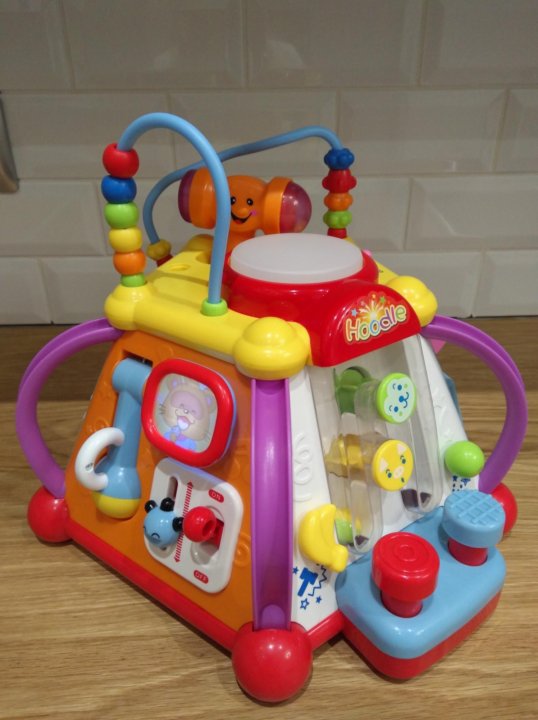
- Set of colored items
- Pyramid
- Cylinder set in different colors and sizes
- Handbells in different colors on ladder stand
- Noise cylinders
- Simple mosaic with patterns
- Lotto
- Bags of palpation items and a set of similar items in a box
- Paired objects differing in size
- Small items for sorting by shape, color
- Pompoms and sorting tweezers
Exercise area with bulk products and water according to Montessori program
These zones affect literally all areas of a child's development: fine motor skills, visual acuity and clarity of perception, thinking and speech, voluntary attention.
- Natural sorting material
- Beans, various sizes and colors
- Jars, jars and vases with various neck widths
- Spoons of various sizes
- Sieve
- Box with sand or grains for finding toys buried in them and drawing with fingers,
- Mechanical grinder
- Small mosaic
- Miscellaneous bowls
- Watermill
- Cloths, buckets, mops, sponges
- Pipettes
- Whisk and foam liquid soap
- Bubble straws
Productive activity zone
These zones introduce the baby to creativity, the child learns to leave prints of various objects, sculpt from plasticine and master different colors.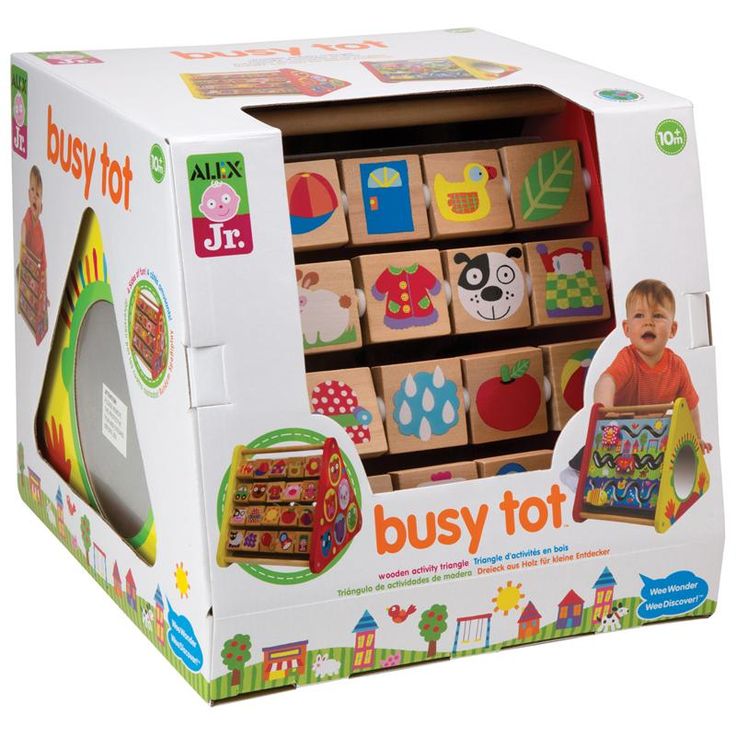 In this zone, safe children's paints, natural materials, colored paper, corrugated paper, glue, plasticine and other means for children's creativity are mainly used.
In this zone, safe children's paints, natural materials, colored paper, corrugated paper, glue, plasticine and other means for children's creativity are mainly used.
Speech Development Zone
Here, tools are used to expand the child's vocabulary and the first acquaintance with the concepts of sound and letters. In this zone there are pictures with the image of various objects, sequential picture-story, figures of animals, people and other objects, books, a set for a puppet theater, sets for comparing an object and its image on a card.
Montessori zones for children aged 3 to 6
The program for seniors is already beginning to introduce children to the scientific knowledge of the world.
Mathematics zone introduces the child to the concept of number, shows the shapes of numbers, introduces the decimal number system and shows the first operations with numbers. So, for example, to get acquainted with the concept of units, tens and hundreds, rods are used, on which exactly 10 beads fit. And the outlines of the numbers are presented to the child in the form of rough silhouettes of letters and puzzles, where these outlines need to be drawn on different surfaces.
And the outlines of the numbers are presented to the child in the form of rough silhouettes of letters and puzzles, where these outlines need to be drawn on different surfaces.
The language development zone corresponds to the Montessori program of Russian language classes: children get acquainted with letters (for example, using touch cards), develop phonemic hearing (boxes are often used here, in which objects are combined with one letter), lay out words using a movable alphabet, learn to write the letters of their name. The Montessori Russian language training program itself consists of several sets of materials going from simple to complex.
The Space Zone is an exercise that combines natural and social sciences. They include research activities, studying the patterns of life, reading books about the world around us.
Also, do not forget about the development of household skills. In a Montessori environment, children learn to be independent: at the end of a full Montessori program, they manage their own clothes and shoes, they know how to take care of themselves, use a comb and a handkerchief, they know how to tidy up a room.
A typical day at a Montessori children's center
Of course, children are not left to their own devices all day long. Self-study is interspersed with group activities, and in some programs it also involves the invitation of specialists working in other ideologically suitable methods.
Montessori groups can be scheduled for a full day, half a day or several hours once or twice a week or every day. All this greatly affects the daily routine of the group. However, we suggest that you familiarize yourself with the Montessori Developmental Medium Plan.
In the morning we allocate a 15-minute interval so that the children can enter the room without haste, take off their coats and say goodbye to their parents. At this time, teachers and assistants greet the children and give them time to say hello and chat with each other.
When most of the children have settled down, we start the morning circle. Usually we count the number of guys in the group, sing our favorite songs, use finger games, discuss the upcoming day, remember the names of the days of the week and months.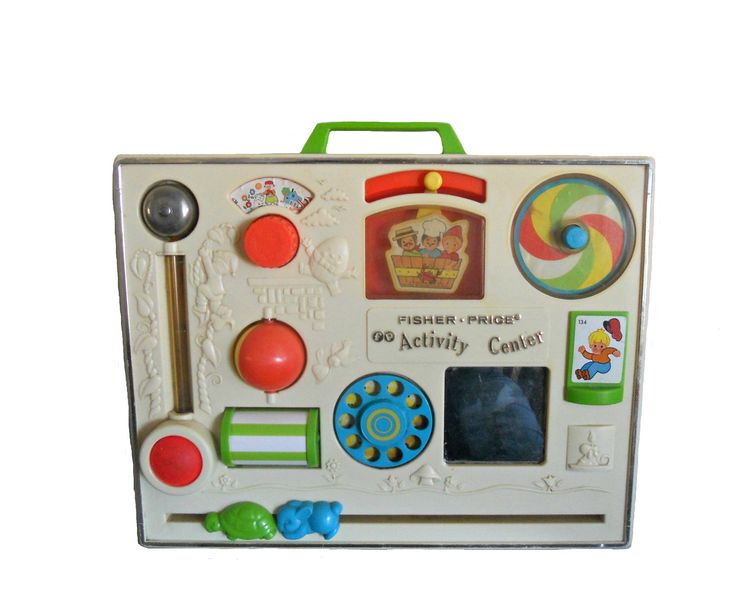 Sometimes on the circle we also introduce new activities that the little ones can find on the shelves.
Sometimes on the circle we also introduce new activities that the little ones can find on the shelves.
At the end of the discussion, the teacher asks the children to think about what they would like to do, close their eyes and imagine how they are doing the desired thing. This teaches them to concentrate and relieves excessive excitement.
Then, for about an hour or two, the children work independently in a Montessori environment, and teachers help them and, if necessary, arrange individual and group demonstrations.
After working with Montessori materials in some groups, we organize game gymnastics, music lessons, trainings with psychologists and speech therapists (classes are distributed by day of the week).
The day usually ends with reading and discussing books aloud in a general circle. Kids listen to the stories of teachers, answer questions and try to retell what they heard. This is the time when the parents arrive.
In groups where kids spend a lot of time in the club, snacks are also provided, and in full-day groups, four meals a day and nap time.
Conclusions
Today we looked at how the Montessori developmental program is organized. The advantage of Montessori lies in the variety of activities and freedom that is offered to the child. The kid most of the time has the opportunity to choose what he likes, but at the same time they don’t forget about the regime and discipline in the classroom. Children learn to listen to each other and express their thoughts, negotiate with the guys and perform common tasks together.
Conclusion
Children's Montessori Center "Sozvezdie" offers a wide range of activities for children from 9 months to 7 years. We offer classes of different duration and regularity: you can choose programs exclusively according to the Montessori system, groups where Montessori classes are successfully complemented by creative activities and preparation for school, as well as hobby groups. The schedule of our clubs is designed so that each family can create an individual program for the baby.